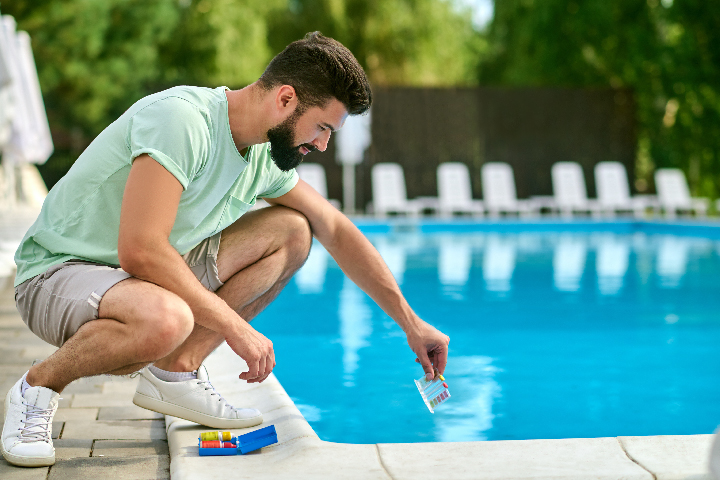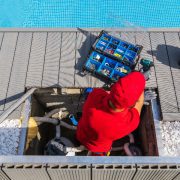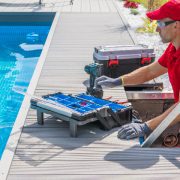
Above Ground Pool Top Rails: An Overview and Replacement Guide
Above ground pools are a popular and affordable option for homeowners looking to add a swimming pool to their property. One essential component of an above ground pool is the top rail, which provides support and stability to the pool structure. In this article, we’ll explain what above ground pool top rails are, when they might need replacement, and how to replace them to maintain a safe and functional swimming pool.
What Are Above Ground Pool Top Rails?
Top rails are horizontal beams that run around the perimeter of an above ground pool at the top edge. They are typically made of metal or resin materials and are designed to provide support and stability to the pool walls. These rails also serve as a finished edge for the pool’s vinyl liner, ensuring a smooth and secure fit.
In addition to their structural role, top rails can also be a decorative element of your pool, with various styles and finishes available to suit your aesthetic preferences.
When to Replace Above Ground Pool Top Rails
There are several reasons why you might need to replace the top rails of your above ground pool:
- Damage: Top rails can become damaged due to harsh weather conditions, corrosion, or accidents. Visible signs of damage, such as bending, warping, or rust, may indicate that replacement is necessary to maintain the structural integrity of your pool.
- Aging: Over time, top rails may weaken or deteriorate due to exposure to pool chemicals, sunlight, and water. If your pool is more than a few years old, it’s a good idea to inspect the top rails regularly and replace them if necessary.
- Aesthetic reasons: If you’re updating the look of your pool, replacing the top rails can be a simple and effective way to improve its appearance.
How to Replace Above Ground Pool Top Rails
Step 1: Gather the necessary tools and materials
Before starting the replacement process, gather the necessary tools and materials, including:
- Replacement top rails: Ensure they are the correct size and style for your pool.
- A screwdriver or drill: To remove and install fasteners.
- A rubber mallet or soft hammer: To help position the new top rails.
Step 2: Drain the pool
Before replacing the top rails, you’ll need to drain the pool water to a level below the top edge of the pool walls. This helps reduce the pressure on the pool walls and prevents water from spilling over during the replacement process.
Step 3: Remove the old top rails
Using a screwdriver or drill, remove the fasteners that secure the top rails to the pool structure. Carefully remove each rail, taking care not to damage the pool walls or liner. Set aside the old rails for disposal or recycling.
Step 4: Inspect the pool walls and liner
With the top rails removed, inspect the pool walls and liner for any signs of damage or wear. If necessary, repair or replace any damaged components before installing the new top rails.
Step 5: Install the new top rails
Position the new top rails on the pool walls, aligning them with the existing holes for the fasteners. Use a rubber mallet or soft hammer to gently tap the rails into place, ensuring a snug and secure fit. Attach the rails using the provided fasteners, tightening them with a screwdriver or drill.
Step 6: Refill the pool
With the new top rails installed, refill the pool to the appropriate water level. Check for any leaks or other issues and address them as necessary.
Conclusion
Above ground pool top rails play a crucial role in maintaining the structural integrity and appearance of your swimming pool. By understanding when and how to replace these components, you can keep your pool safe, functional, and looking its best. Always consult your pool manufacturer’s guidelines and instructions for the specific top rail replacement process and materials, as well as any local regulations that may apply. Regular inspection and maintenance of your above ground pool, including the top rails, will help extend its lifespan and ensure a pleasant swimming experience for you and your loved ones all season long.




